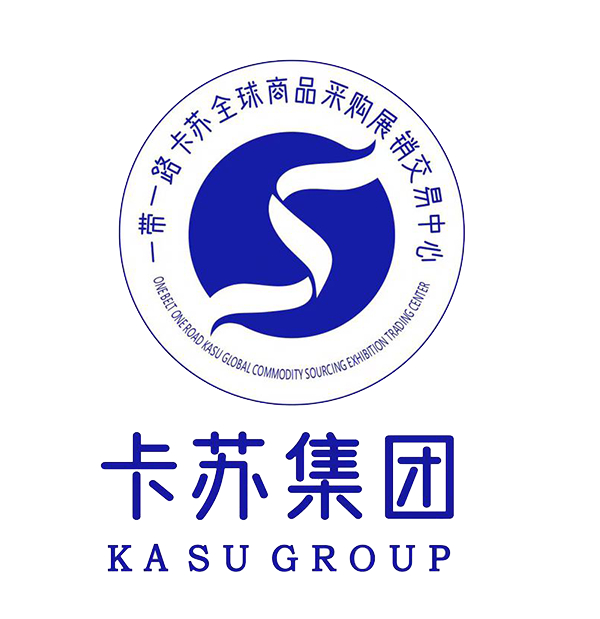Import and Export
Import and export are fundamental components of international trade, allowing countries to exchange goods and services that they either lack or produce in surplus. This exchange not only promotes economic growth but also fosters international relations and cultural exchange.
Key Aspects of Import and Export
Definition
- Import: Bringing goods or services into a country from abroad for sale.
- Export: Sending goods or services from a country to another for sale.
Economic Impact
- Trade Balance: The difference between the value of exports and imports. A positive balance (trade surplus) occurs when exports exceed imports, while a negative balance (trade deficit) occurs when imports exceed exports.
- GDP Growth: Both importing and exporting contribute to a country’s GDP by providing access to foreign markets and resources.
Import Procedures
- Documentation: Essential documents include commercial invoices, bills of lading, certificates of origin, and import licenses.
- Customs Clearance: Involves inspection and approval by the local customs authority.
- Duties and Taxes: Import duties, VAT, and other taxes must be paid.
Export Procedures
- Market Research: Identifying potential markets and understanding their regulations and requirements.
- Documentation: Similar to import, key documents include export licenses, shipping documents, and insurance certificates.
- Logistics: Arranging transportation, warehousing, and distribution.
Regulations and Compliance
- Trade Agreements: Bilateral or multilateral agreements that facilitate trade between countries by reducing tariffs and other barriers.
- Standards and Certifications: Compliance with international standards and obtaining necessary certifications to ensure product quality and safety.
- Sanctions and Embargoes: Legal restrictions on trade with specific countries or entities.
Benefits of Import and Export
- Diversification: Access to a wider range of goods and services, enhancing consumer choice and business opportunities.
- Cost Efficiency: Importing goods that are cheaper or not available domestically, and exporting surplus production, optimizes resource utilization.
- Economic Growth: Creates jobs, stimulates innovation, and attracts foreign investment.
- Cultural Exchange: Promotes understanding and cooperation between different cultures through the exchange of goods and services.
Challenges in Import and Export
- Regulatory Hurdles: Navigating complex regulations and compliance requirements can be time-consuming and costly.
- Currency Fluctuations: Changes in exchange rates can impact the profitability of trade transactions.
- Political Instability: Geopolitical tensions and instability can disrupt trade routes and agreements.
- Logistics Issues: Managing the logistics of international shipping, including delays, damage, and loss of goods.
Conclusion
Import and export are essential to the functioning of the global economy. They enable countries to leverage their strengths, access needed resources, and engage in mutually beneficial trade relationships. By understanding the procedures, benefits, and challenges associated with international trade, businesses and governments can better navigate the complexities of the global marketplace.





